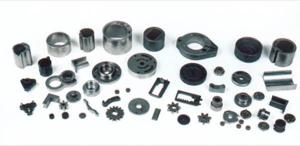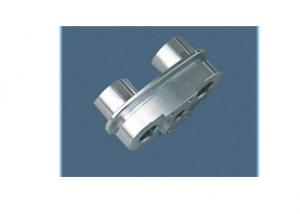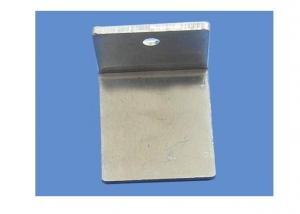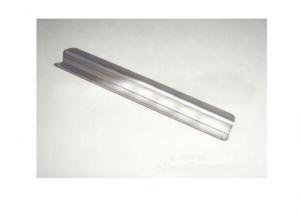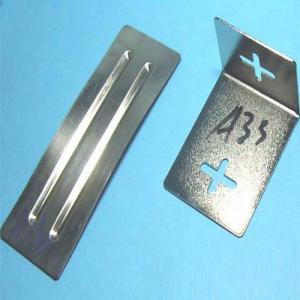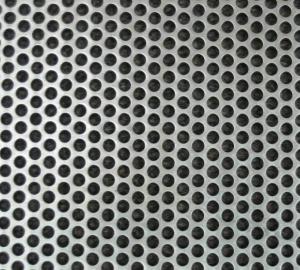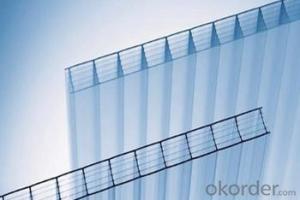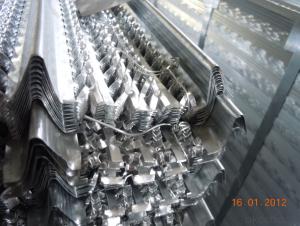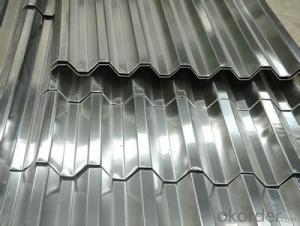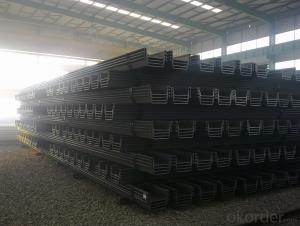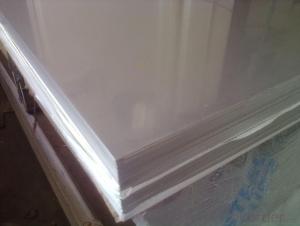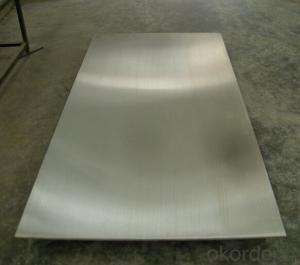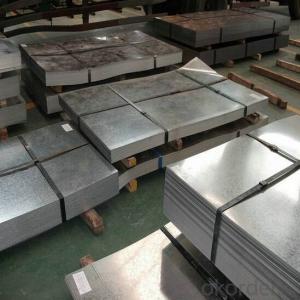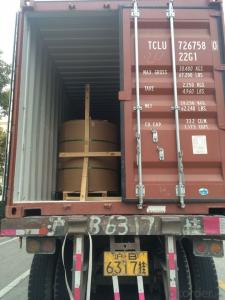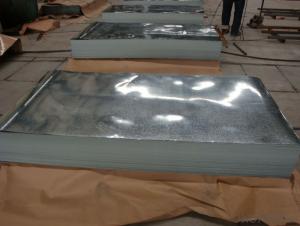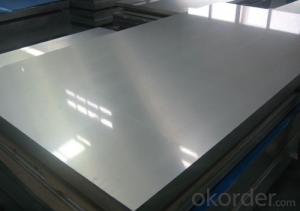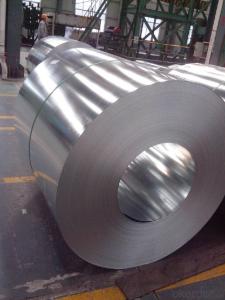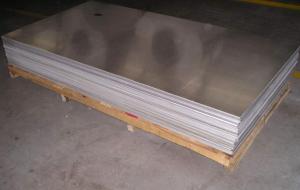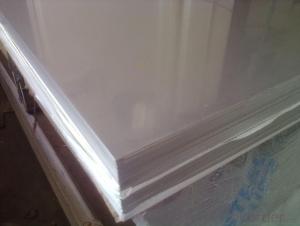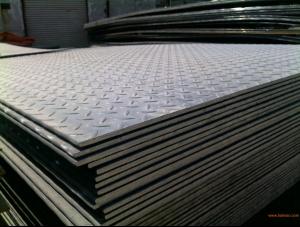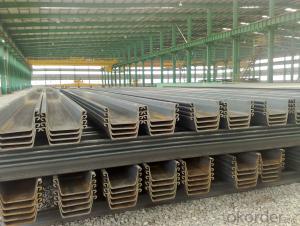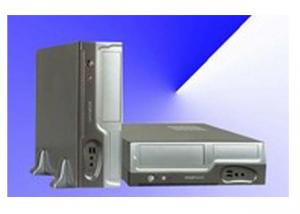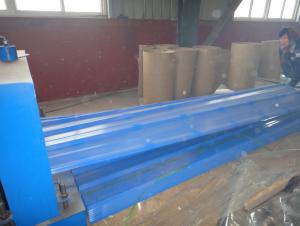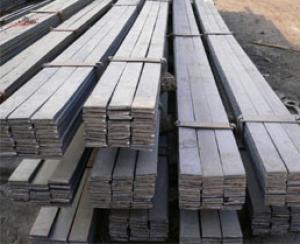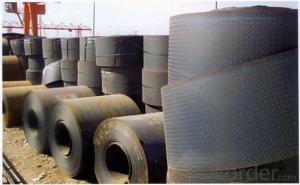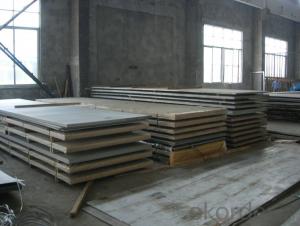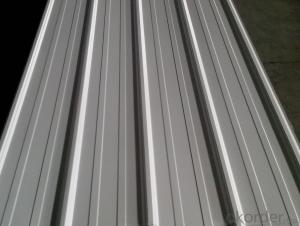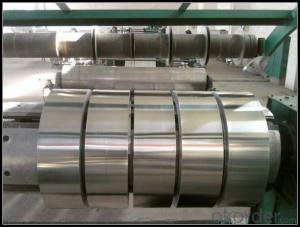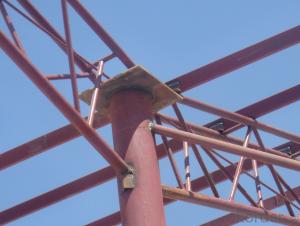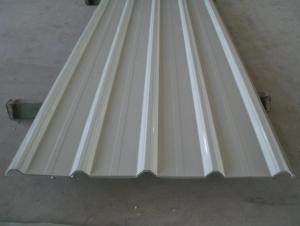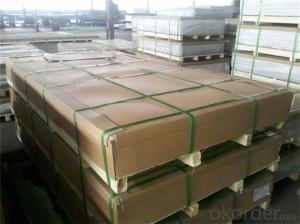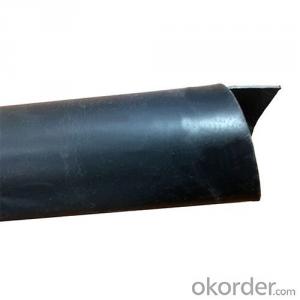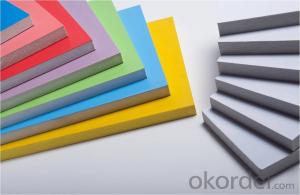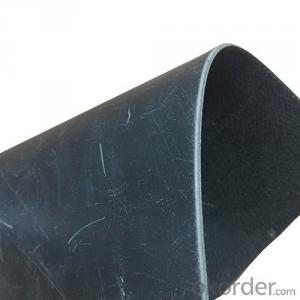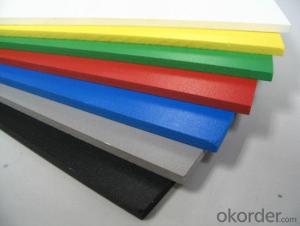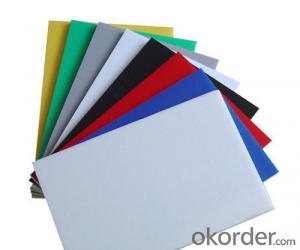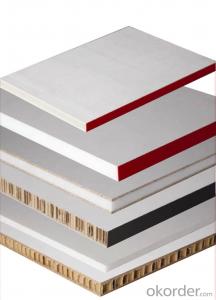Sheet Metal Purchase
Sheet Metal Purchase Related Searches
Buy Sheet Plastic Sheet Metal 4X8 Sheet Metal Roofing Prices Stainless Steel Sheet Metal Fabrication Steel Mesh Sheet 4X8 Metal Sheets Sheet Of Stainless Steel Sheet Metal Sheets 4X8 Aluminum Sheet Metal Rolls Aluminum Tread Plate Sheet Metal Purchasing Raw Materials Stainless Steel Sheetmetal Cutting Aluminum Sheet Stainless Steel Sheeting Stainless Steel Sheets For Sale 4X8 Galvanized Sheet Metal 19 Gauge Sheet Metal Stainless Steel Sheet Near Me 30 Gauge Sheet Metal Stainless Steel Sheets Near Me Sheet Metal 20 Gauge Buy Stainless Steel Aluminum Sheet Circle Stainless Steel Sheet Price Galvanized Sheet Metal 4X8 Stainless Steel Sheet Prices Sheetrock Prices Buy Roofing Sheets Online Sheet Diamond Plate Aluminum Plastic Sheets For SaleSheet Metal Purchase Supplier & Manufacturer from China
Sheet Metal Purchase encompasses a wide range of metal products, including steel sheets, aluminum sheets, and copper sheets, which are commonly used in various industries for fabrication and construction purposes. These products are known for their durability, strength, and versatility, making them ideal for applications such as automotive parts, architectural structures, and electrical components. Sheet Metal Purchase is a popular choice among manufacturers and contractors due to its ability to be easily cut, bent, and shaped into various forms to meet specific project requirements.Sheet Metal Purchase finds its application in numerous scenarios, such as in the automotive industry for manufacturing car bodies and parts, in the construction sector for roofing and cladding, and in the electronics industry for creating enclosures and heat sinks. The versatility of sheet metal allows it to be used in a multitude of ways, from simple brackets and supports to complex structures and components. This makes Sheet Metal Purchase an essential material for a wide array of industries, providing a reliable and cost-effective solution for various applications.
Okorder.com is a leading wholesale supplier of Sheet Metal Purchase, boasting a vast inventory of high-quality products to cater to the diverse needs of customers. With a commitment to providing exceptional service and competitive pricing, Okorder.com ensures that clients have access to a comprehensive range of sheet metal products, making it a one-stop-shop for all their sheet metal requirements. This extensive selection, coupled with the company's dedication to customer satisfaction, positions Okorder.com as a trusted source for Sheet Metal Purchase in the global market.
Hot Products

